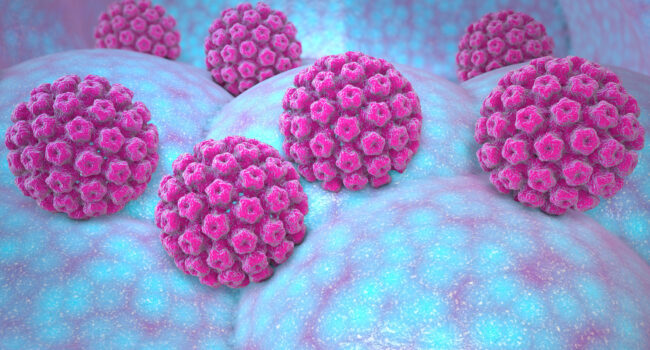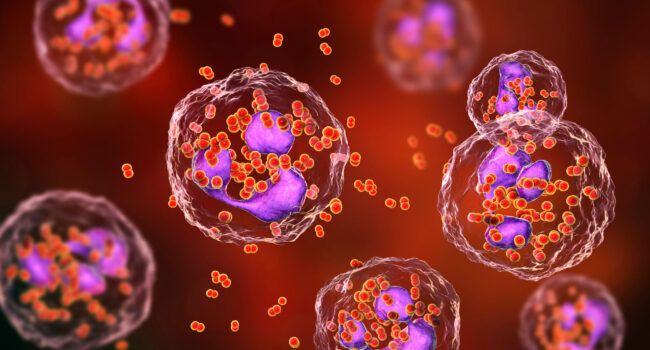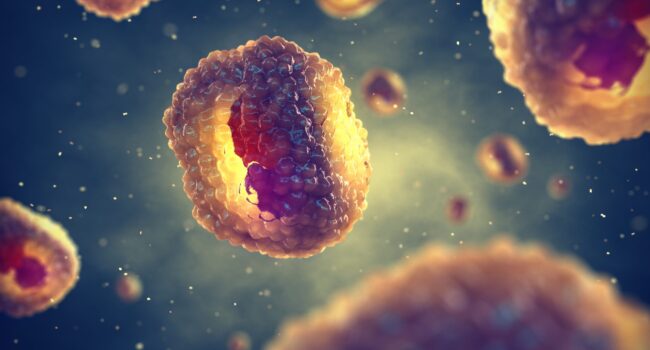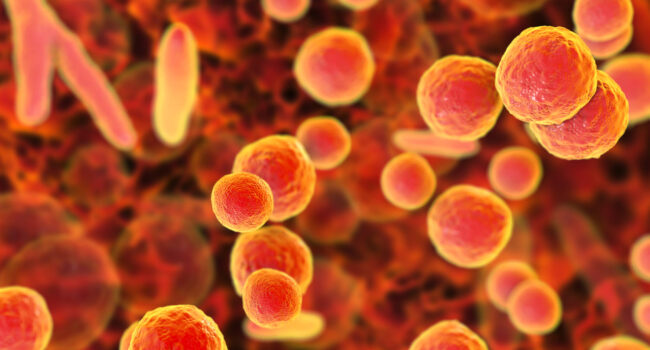The human papillomavirus (HPV) are the most common diverse group of sexually transmitted DNA viruses (STDs) worldwide. Currently, more than 150 different viral types have been identified and it has been proven to be the cause of cervical cancer.
DISEASES OF
Detection of herpes simplex viruses 1 and 2
Herpes simplex virus comprises two types, herpes simplex virus type 1 (HSV-1) and herpes simplex virus type 2 (HSV-2), which are associated with infections of the mouth, lips, face, genitalia, and more. such as meningoencephalitis which together are called herpes simplex.
Neisseria gonorrhoeae detection
Gonorrhea is a sexually transmitted disease caused by the bacteria Neisseria gonorrhoeae, which affects both men and women. Like other STDs, this one is transmitted during sexual intercourse.
Chlamydia trachomatis detection
Chlamydia trachomatis is the main cause of a bacterial sexually transmitted disease. This bacterium affects both men and women. The infection can be contracted through anal, vaginal, or oral sex.
Detection of Mycoplasma genitalium
The bacterium Mycoplasma genitalium (MG) is a species recently described as a cause of sexually transmitted infections, with special importance due to its resistance to some antimicrobials. The CDC points out that it is a more common sexually transmitted disease than gonorrhea and chlamydia, however, its diagnosis is complicated.
Detection of Trichomonas vaginalis
Trichomoniasis is a common sexually transmitted infection that affects both men and women, with symptoms being more common in women. This protozoan is usually found in the lower genital tract in women, and in men in the urethra and prostate.





